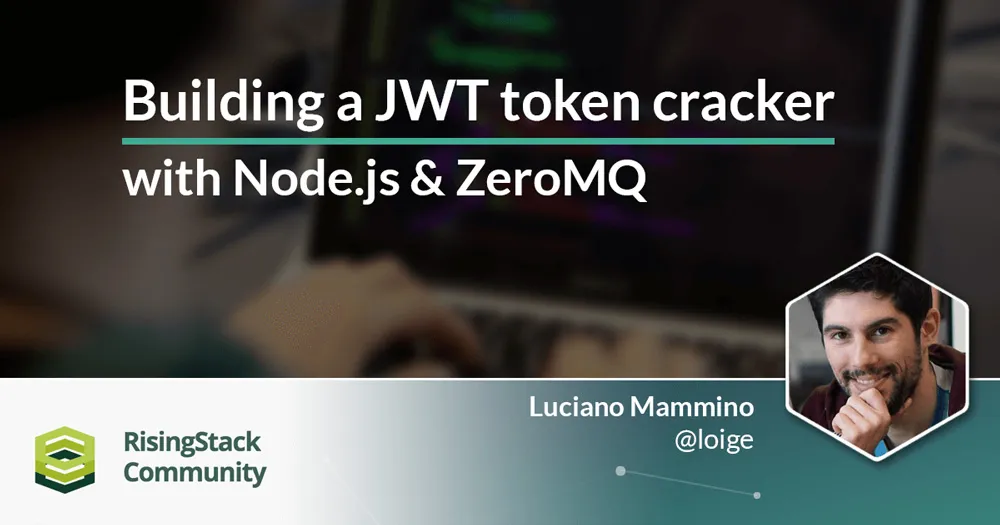In the last 2 weeks I add the pleasure to release an article (in two parts) in collaboration with RisingStack, one of the most famous companies in the Node.js ecosystem.
The article explains how to build a distributed application using Node.js and ZeroMQ and provides an example that I believe it’s very actual and interesting: a JWT token cracker.
If you are into Node.js, ZeroMQ, security or distributed application you can read the two articles in the community section of RisingStack.
ZeroMQ & Node.js Tutorial - Cracking JWT Tokens (Part 1.), is focused mostly on theory and describes what a JWT token is and what will be our approach to try to crack one of them.
ZeroMQ & Node.js Tutorial - Cracking JWT Tokens (Part 2.), instead, focuses on coding and it’s a step by step guide on how to build the working application.
The application is also freely available on NPM and GitHub in case you want to simply download it or contribute.







